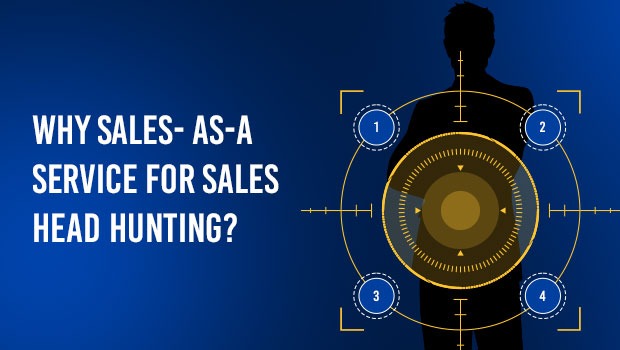1. What is a sales pipeline?
A sales pipeline is a visual representation of the sales process, encompassing the journey from initial lead contact to closing the deal. It serves as a valuable tool for sales teams, enabling them to track progress, identify potential bottlenecks, and forecast future sales. Essentially, it provides a structured framework for managing customer interactions and maximizing conversion rates.
2. How to build a sales pipeline?
To build a sales pipeline, you need to define the stages of your sales process. While these stages may vary based on your industry and the nature of your product or service, some common stages include prospecting, qualifying, discovery, proposal, negotiation, and closing. By outlining these stages, you can effectively structure your pipeline and guide leads through each step of the sales journey.
• Prospecting: Identifying and qualifying potential leads.
• Qualifying: Assessing the lead’s needs and fit for your product or service.
• Discovery: Learning more about the lead’s business and challenges.
• Proposal: Presenting a solution to the lead’s problems.
• Negotiation: Discussing pricing and terms of the deal.
• Close: Winning the deal and converting the lead into a customer.
3. How to manage your sales pipeline?
Managing your sales pipeline involves actively monitoring and optimizing the progress of leads through the various stages. Here are some essential tips for effective pipeline management:
• Define sales stages: Establish clear stages that reflect the progression of a lead through the sales process, from initial contact to closing.
• Assign tasks and responsibilities: Allocate tasks and responsibilities to the appropriate team members for each stage of the pipeline.
• Track progress: Regularly update and track the status of leads in the pipeline, ensuring that each lead is assigned to the correct stage.
• Provide support and resources: Equip your sales team with the necessary tools, resources, and training to effectively manage the pipeline.
4. How to forecast your sales pipeline?
Sales forecasting is crucial for making informed business decisions, allocating resources, and setting realistic targets. Here are some of the popular methods for forecasting your sales pipeline:
a. Historical data analysis:
Review past sales performance, conversion rates, and other relevant metrics to forecast future sales based on the current state of your pipeline.
b. CRM software forecasting:
Many CRM systems offer built-in tools that leverage current pipeline data to predict future sales. These tools can provide valuable insights for decision-making.
c. Assess lead quality:
Evaluate the quality and conversion rates of leads at each stage to estimate the probability of closing deals.
d. Track key performance indicators (KPIs):
Monitor relevant metrics such as conversion rates, average deal size, and sales cycle length to forecast future sales.
5. How to qualify leads?
Lead qualification is a vital step in the sales process, ensuring that your sales team focuses on leads with the highest potential for conversion. Here are some strategies for qualifying leads effectively:
a. BANT framework:
Use the BANT (Budget, Authority, Need, Timeline) framework to assess if leads meet the criteria for a successful sale.
b. Conduct discovery calls:
Engage in conversations with leads to understand their needs, pain points, and evaluate their potential as qualified opportunities.
c. Nurture leads:
Build relationships with leads by providing relevant information, addressing their concerns, and guiding them through the buying process.
In conclusion, building, managing, forecasting, and qualifying leads within a sales pipeline are critical components of a successful sales strategy. By implementing these practices, you can optimize your sales process, increase conversion rates, and drive business growth. Remember to regularly review and adapt your sales pipeline to align with your evolving business needs and market dynamics.
At Pipeline Gurus we can help your SaaS or tech company hire and manage the top sales people, set a sales pipeline, its process, and see it through; from generating qualified opportunities to closing deals for your company. Interested to know more?
Book Your Free Consultation

















